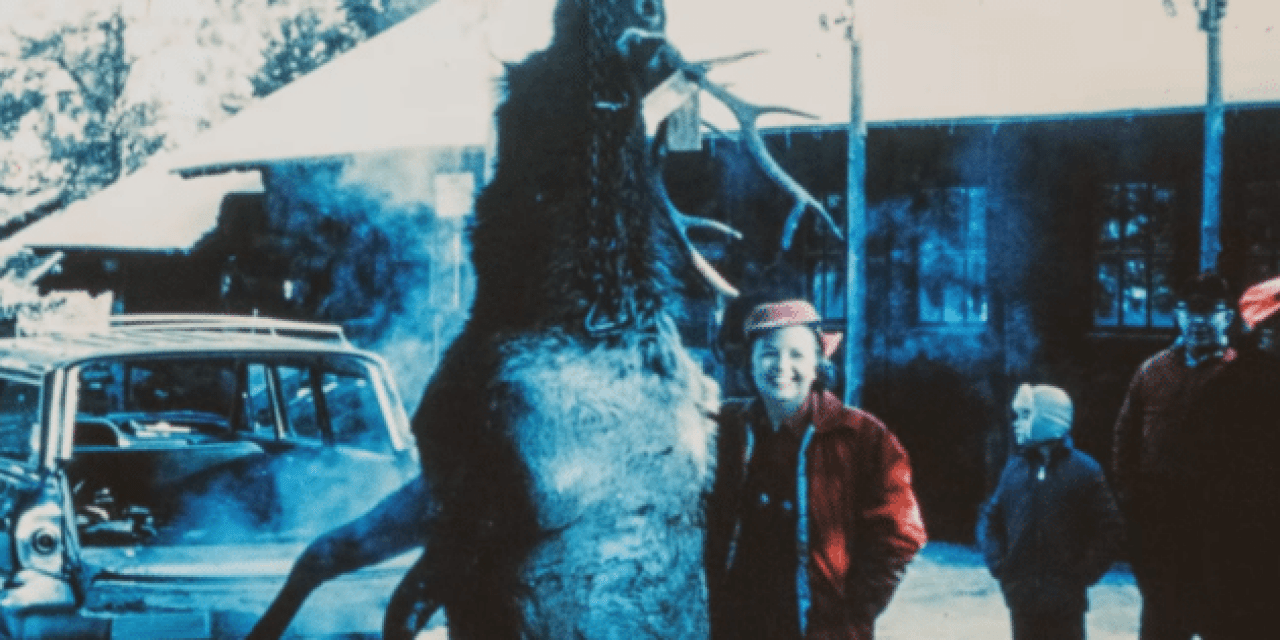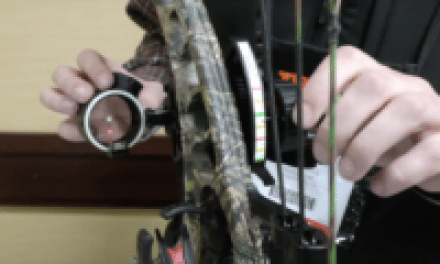
The Michigan DNR celebrates the state’s 100th year of managing its growing elk herd, and doing it well enough to allow hunters a chance to participate.
Since their extirpation from Michigan in around 1875, elk have made a remarkable comeback in the state. Today there is a sustainable elk herd and hunters have the opportunity to bag one of the monarchs each year.
In 1918 seven elk were imported from western states. By 1939 the herd had grown to somewhere between 300 and 400 animals, and by 1958 the number had more than doubled to around 1,000 animals.
The elk population was thought to be increasing a bit too much, so in 1964/1965 when elk numbers had grown to around 1,500 animals, the first Michigan elk hunting season was held.
Now, elk hunts take place annually in Michigan, with the goal of a sustainable population of 500 to 900 animals.
Hunters have of course taken part in helping to conserve and maintain a viable elk population in Michigan, as have state agencies and wildlife conservation groups. State hunters currently enjoy a limited, two-part elk hunting season. But the state is also heavily promoting elk viewing as a popular nature experience.
Michigan publishes an elk viewing map for the area inhaboted by most of the state’s elk – the Pigeon River Country State Forest – and encourages folks to get out in the fall to try to see and hear elk as they go through the annual rutting cycle.
Michigan also recently issued a new elk-themed vehicle license plate to help celebrate the 100-year anniversary. Proceeds from the plates will go toward additional wildlife management funding.
Like what you see here? You can read more great articles by David Smith at his facebook page, Stumpjack Outdoors.
NEXT: Volunteers Grab Their Gear and Rescue Elk Herd from Icy Grave
The post Celebrating 100 Years of the Rise of Elk in Michigan appeared first on Wide Open Spaces.
















